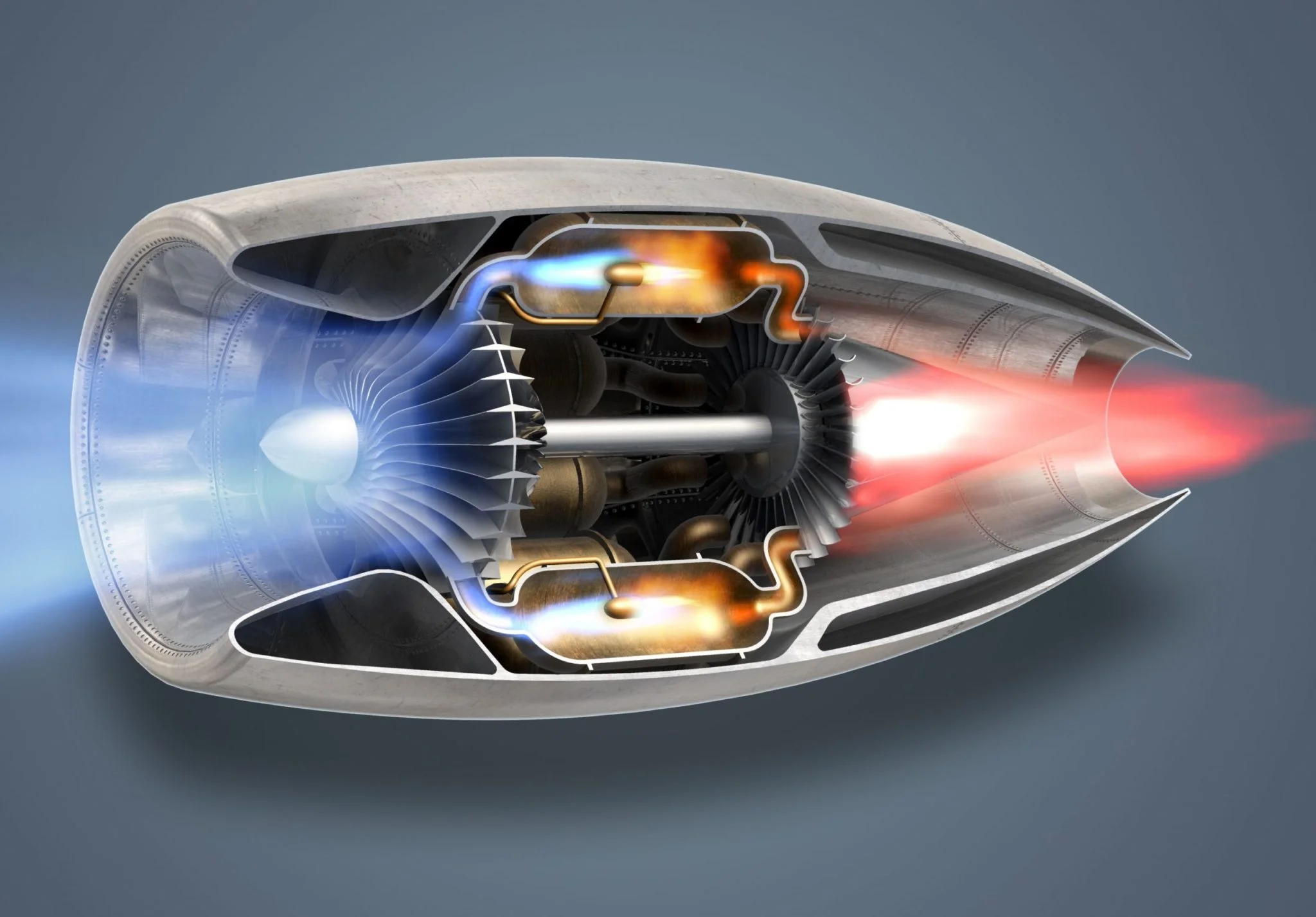Space exploration has always pushed the boundaries of science and engineering. In recent years, one of the most promising advancements in spacecraft propulsion is the plasma thruster engine. Once confined to theoretical research, this cutting-edge technology is now being developed and tested in real-world scenarios. With the potential to revolutionize space travel by offering high efficiency, low fuel consumption, and sustained thrust over long durations, plasma thrusters are reshaping our cosmic ambitions.
The Rise of Plasma Propulsion
The need for more efficient propulsion systems has long been a challenge in space exploration. Traditional chemical rockets provide immense thrust but are constrained by limited fuel efficiency and weight. As missions become more ambitious — from Mars expeditions to asteroid mining — scientists have turned their attention to plasma, the fourth state of matter, as a game-changing force for propulsion.
A plasma thruster engine operates by ionizing a gas — such as xenon — and then accelerating the charged particles using electric or magnetic fields. The resulting exhaust velocity far exceeds that of conventional engines, enabling spacecraft to achieve higher speeds over time with significantly less fuel.
How a Plasma Thruster Engine Works
Plasma thruster engines work by generating plasma from inert gases. Plasma is an electrically charged gas consisting of ions and electrons. By applying electromagnetic fields to this plasma, the engine can direct and accelerate the charged particles, producing thrust.
There are several types of plasma propulsion systems:
-
Hall Effect Thrusters (HET): Use magnetic fields to accelerate ions. Widely used in Earth-orbiting satellites.
-
Ion Thrusters: Rely on electric fields for ion acceleration and are known for ultra-high efficiency.
-
Pulsed Plasma Thrusters (PPT): Generate short bursts of plasma using capacitor discharges.
-
Helicon Plasma Thrusters (HPT): Utilize radio-frequency waves to excite plasma and guide it magnetically.
Each system has unique advantages depending on the mission type. For example, Hall thrusters are ideal for orbital adjustments, while ion thrusters can power deep-space missions over months or even years.
⚙️ Plasma Thruster Engine: Core Technologies
Ionization Process
The working gas (commonly xenon due to its high atomic weight and ease of ionization) is first exposed to an electric current, stripping electrons and creating a cloud of plasma.
Electromagnetic Acceleration
Magnets and electrodes are arranged to create electromagnetic fields that accelerate ions out of the engine at high velocity — typically over 40,000 meters per second. According to NASA, this results in extremely efficient fuel usage compared to chemical engines.
Exhaust and Thrust
The momentum from expelling ions produces thrust in the opposite direction — albeit much smaller than a chemical engine. However, plasma thrusters operate continuously, which allows spacecraft to build up significant velocity over time.
Advantages of Plasma Propulsion
1. Fuel Efficiency
One of the primary advantages of plasma thruster engines is their extraordinary fuel efficiency. They use fuel far more effectively than traditional engines — a critical factor in long-duration missions where fuel mass must be minimized.
2. Continuous Acceleration
Plasma engines deliver constant low-level thrust over extended periods. This allows spacecraft to gradually build up speed, making them ideal for deep space missions where time is not as constrained.
3. Reduced Launch Mass
Because they require less fuel, spacecraft equipped with plasma thrusters can be lighter and smaller, reducing overall mission costs.
4. Long Lifespan
Plasma propulsion systems are generally more durable due to fewer moving parts and reduced mechanical wear.
From Lab to Orbit: Real-World Applications
What once seemed like science fiction is now powering real missions. For instance:
-
NASA’s Dawn spacecraft used ion propulsion to visit both Vesta and Ceres, two massive asteroids in the asteroid belt. It demonstrated how a plasma thruster engine could navigate deep space missions with precision and efficiency.
-
ThrustMe, a French-based aerospace startup, developed a miniature iodine-fueled Hall effect thruster tested on a CubeSat in low Earth orbit — marking a major step forward in sustainable, small-scale space propulsion (source).
-
Ad Astra Rocket Company, led by former astronaut Franklin Chang Díaz, is advancing the VASIMR (Variable Specific Impulse Magnetoplasma Rocket) engine, which could one day enable faster travel to Mars.
-
China’s Shijian-17 satellite is equipped with Hall thrusters to conduct complex maneuvering in geosynchronous orbit.
The success of these missions has shifted plasma propulsion from experimental labs to practical spacecraft integration.
Challenges Still to Overcome
Despite their promise, plasma thruster engines face several engineering and physical challenges:
-
Low Thrust Output: While highly efficient, plasma engines produce only a fraction of the thrust of chemical rockets. They cannot be used for launch from Earth’s surface.
-
Power Requirements: Plasma propulsion systems need significant electrical power, often supplied by solar panels or nuclear generators, which adds complexity and cost.
-
Cost and Complexity: The technology is still relatively expensive and complex, requiring precise calibration, cooling systems, and radiation shielding.
Future of Plasma Thruster Engines in Space Exploration
Looking ahead, the applications of plasma thruster engines are vast:
-
Mars Missions: With the ability to accelerate continuously, plasma engines could drastically reduce travel time to Mars, especially if powered by nuclear reactors.
-
Satellite Constellations: As more constellations are launched (e.g., Starlink), plasma propulsion offers a sustainable method for station-keeping and deorbiting, minimizing space debris.
-
Interplanetary Travel: Long-range missions to Jupiter’s moons or the Kuiper belt will likely depend on plasma engines due to their high efficiency and longevity.
-
Deep Space Probes: Plasma propulsion enables probes to carry lighter payloads and travel further than ever before, unlocking the mysteries of the outer solar system.
H2: Plasma Thruster Engine in the Private Sector
Beyond space agencies, the private sector is rapidly adopting plasma propulsion technologies:
-
Aerojet Rocketdyne and Busek Co. are developing advanced ion propulsion systems for commercial satellites.
-
Phase Four, a startup based in California, is creating plasma engines using RF technology for next-generation smallsats.
-
Companies like Accion Systems are designing scalable propulsion systems using ionic liquid electrospray — a form of micro-plasma propulsion — for CubeSats.
These innovations are propelling space tech beyond traditional boundaries, making plasma propulsion a key pillar in the commercial space race.
FAQs About Plasma Thruster Engines
❓ What is a plasma thruster engine?
A plasma thruster engine is a spacecraft propulsion system that creates thrust by accelerating ionized gas (plasma) using electric or magnetic fields.
❓ How is it different from chemical propulsion?
While chemical engines rely on explosive combustion for short bursts of high thrust, plasma engines provide steady, low-thrust propulsion over long durations with superior fuel efficiency.
❓ What type of fuel is used in plasma engines?
Most plasma engines use noble gases like xenon or iodine because they are easy to ionize and produce a stable plasma.
❓ Are plasma thruster engines currently in use?
Yes. NASA’s Dawn mission, several commercial satellites, and new CubeSat deployments have used plasma thruster systems.
❓ Can plasma engines be used to travel to Mars?
Yes, in theory. Plasma engines like VASIMR could significantly reduce the time required for a crewed Mars mission — especially if nuclear power sources are used to meet their energy demands.





